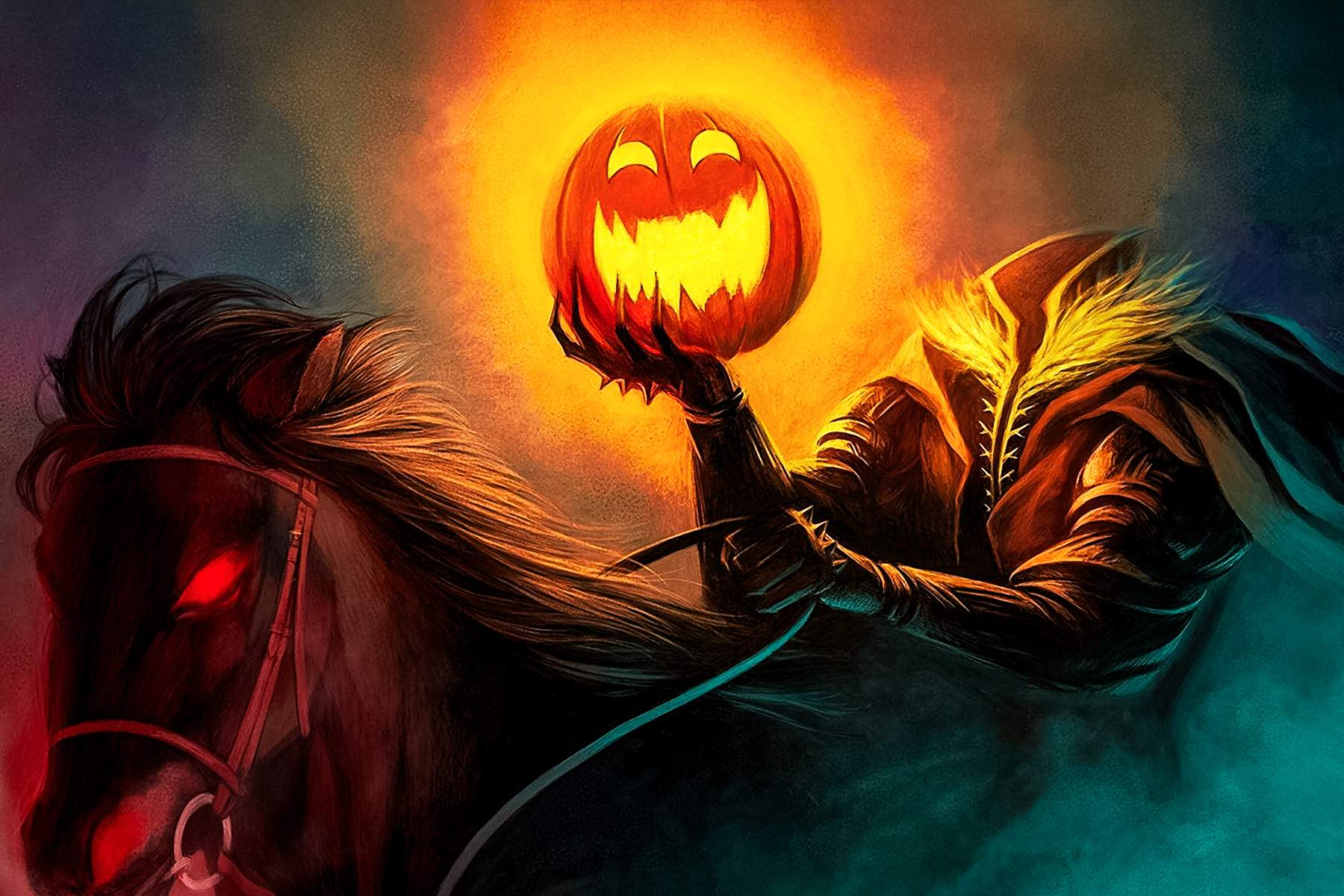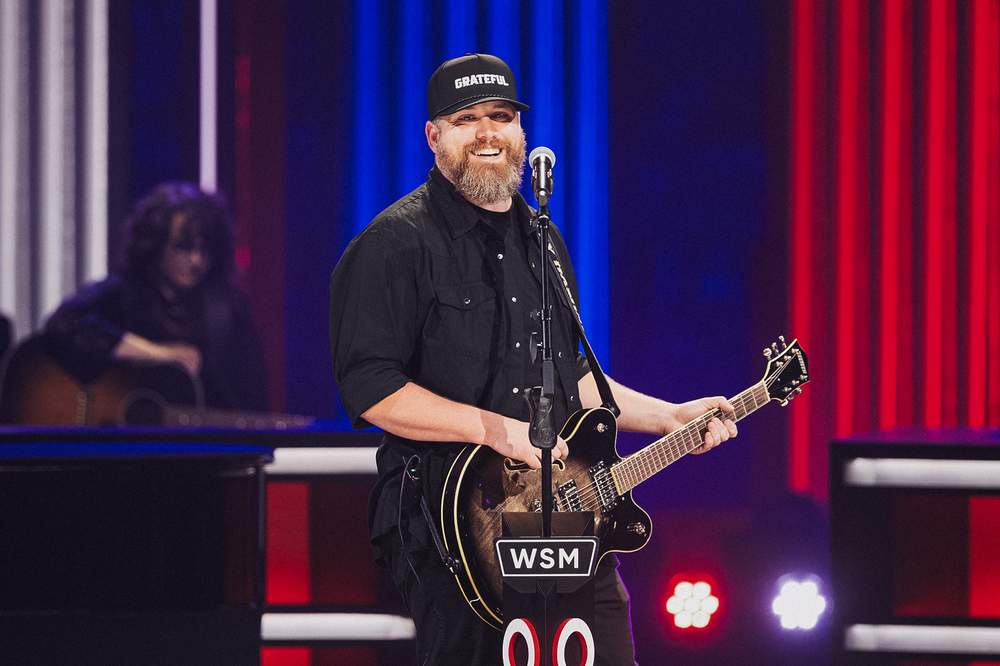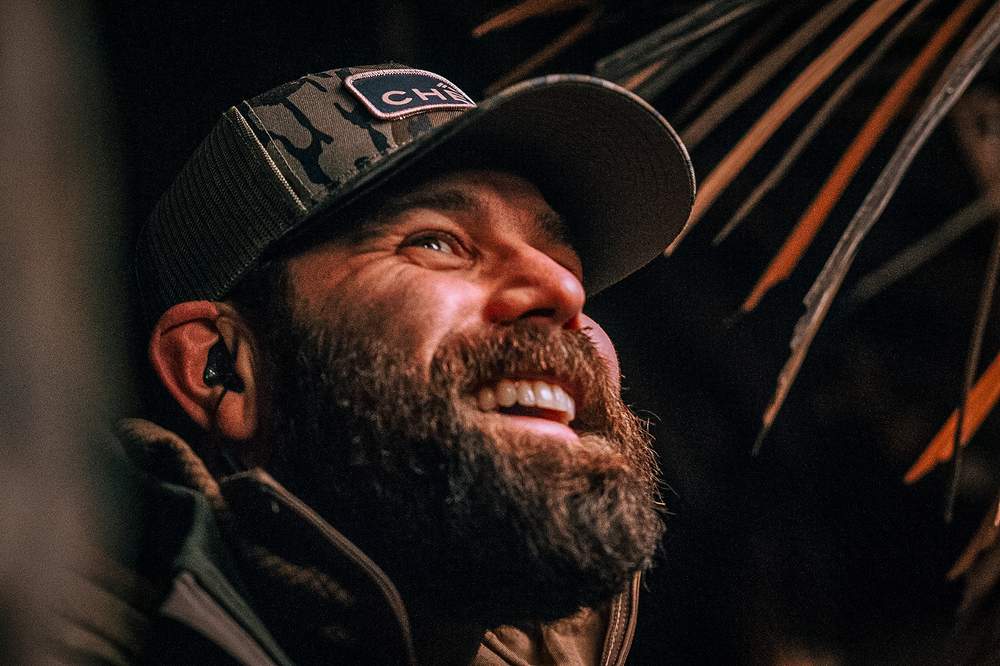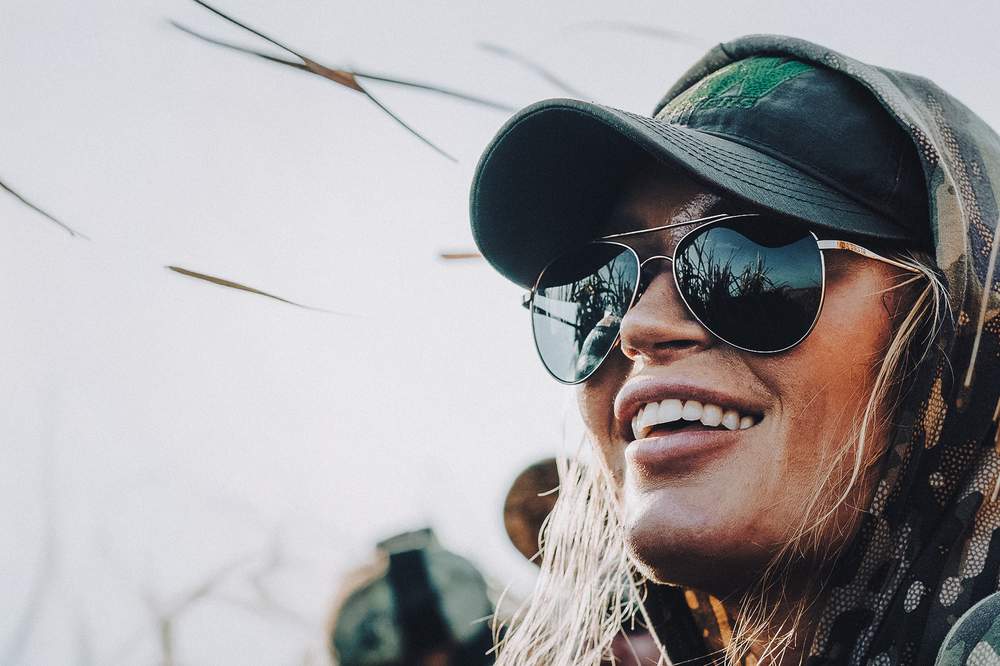When most Americans hear of "Hessian soldiers," two things usually come to mind: the German troops Gen. George Washington's Continental Army soldiers defeated after "Crossing the Delaware" on Christmas 1776, and the legend of the "Headless Horsemen." Yet, more than 37,000 "Hessians" fought for the British during the American Revolution, playing a much larger role in the conflict than many may realize.
Washington Irving’s story The Legend of Sleepy Hollow is, much like the young country in which it was written, an amalgamation of Old-World vibes and superstitions reworked with a uniquely American spin. His story of the Headless Horseman, and the included remembrance of the real-life Hessian soldiers who helped color the tale, far overshadowing the older legends it was based on.
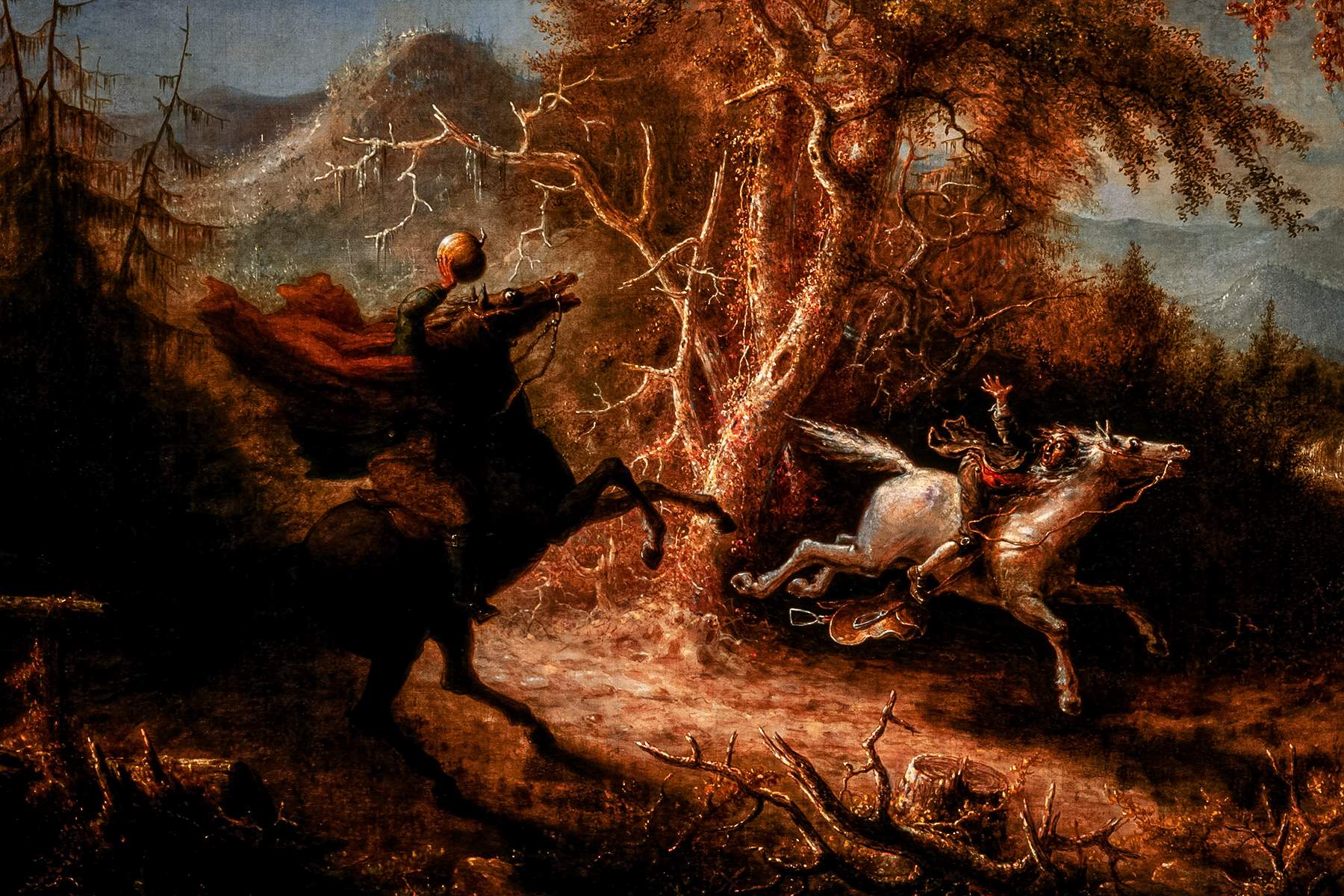
While the portrait Irving paints of so-called Hessians is a bit simplistic and lacks nuance, it helps keep this corner of American Revolution history alive, from generation to generation.
Hessian: A Catch Call Name for German Auxiliaries
The term “Hessian” was eventually applied to most German soldiers, with more than half being from the Landgraviate of Hesse-Kassel, a state then within the Holy Roman Empire located in what is now central Germany. It was created in 1567 and lasted until 1803, when it became the Electorate of Hesse, which lasted until its lands were annexed by Prussia in 1866 after unwisely siding with Austria in the Austro-Prussian War.
Hessians have also been described since the Revolution as being mercenaries hired by the British Crown — if you’ve seen Sleepy Hollow (1999) this will ring a bell — but that's not entirely accurate.
The Landgraves of Hesse-Kassel helped keep their coffers filled by "renting out" their army to other European nations during the 17th and 18th centuries. This practice wasn't limited to the Hesse-Kassel, as it was regularly employed by small nations that subsidized the costs of maintaining an army.

In the case of Hesse-Kassel, renting out its army proved immensely profitable, to the extent that it had between 5.3% and 7.3% of its population in uniform in peacetime, which was often doubled in times of war. That was even higher than Prussia, which was famed throughout Europe for having such a large standing army that it was described as "not a country with an army, but an army with a country."
Yet, the soldiers from Hesse-Kassel shouldn't be seen as mercenaries the way we think of mercenaries today. At the time, the term was used to describe individual soldiers who served in foreign armies. In contrast, the Hessians were hired by their government and were thus "auxiliaries," a term that originated in Roman times to describe foreign troops fighting alongside Rome's non-citizen legions.
Did You Know Eisenhower, Babe Ruth, and Neil Armstrong are Descendants of Hessians?
The well-trained Hessian soldiers served with the British Army throughout much of the 18th century, primarily because the British lacked the manpower to deploy their forces across their growing empire, as the British Army was a "professional" force, meaning it didn't rely on conscripts.
Hessian troops served with the British during the Wars of the Austrian Succession (1740-1748) and the Seven Years' War (1756-1763), the latter as part of the Anglo-Hanoverian Army. By the time of the American Revolution, the term "Hessian" had become a catch-all for German auxiliaries.
The British Crown hired thousands of German troops to fight in the Thirteen Colonies, with the majority from Hesse-Kassel and the nearby Hesse-Hanau, as well as from other states within the Holy Roman Empire. Those German troops comprised approximately 25% of the total land forces under British command during the Revolution.
To the American colonists, those soldiers were simply known as Hessians.
The Declaration of Independence also cited the use of foreign soldiers (described as "mercenaries") as a grievance against the King. The colonists saw this as an attack on their sovereignty and an example of King George III's tyranny.
Although most Hessians returned to their homelands after the war, it has been estimated that around 5,000 of the German auxiliaries permanently settled in the United States, contributing to the early Germanic influence in Pennsylvania, New York, and Maryland. Several notable American figures can trace their roots to the Hessians, including President Dwight D. Eisenhower, Babe Ruth, and Neil Armstrong.
Unique Units
Hessians served in a variety of infantry and support troop roles, including Jäger riflemen, Fusiliers, Musketeers, and Grenadiers.
The Jägers (German for "hunter") were elite riflemen, often recruited from hunting districts; they were known for their expert marksmanship with a specialized rifle that was accurate but heavy and slow to load. Instead of bayonets, they carried specialized double-edged hunting swords that could also be used to clear brush, and dispatch or butcher game. Sound familiar?
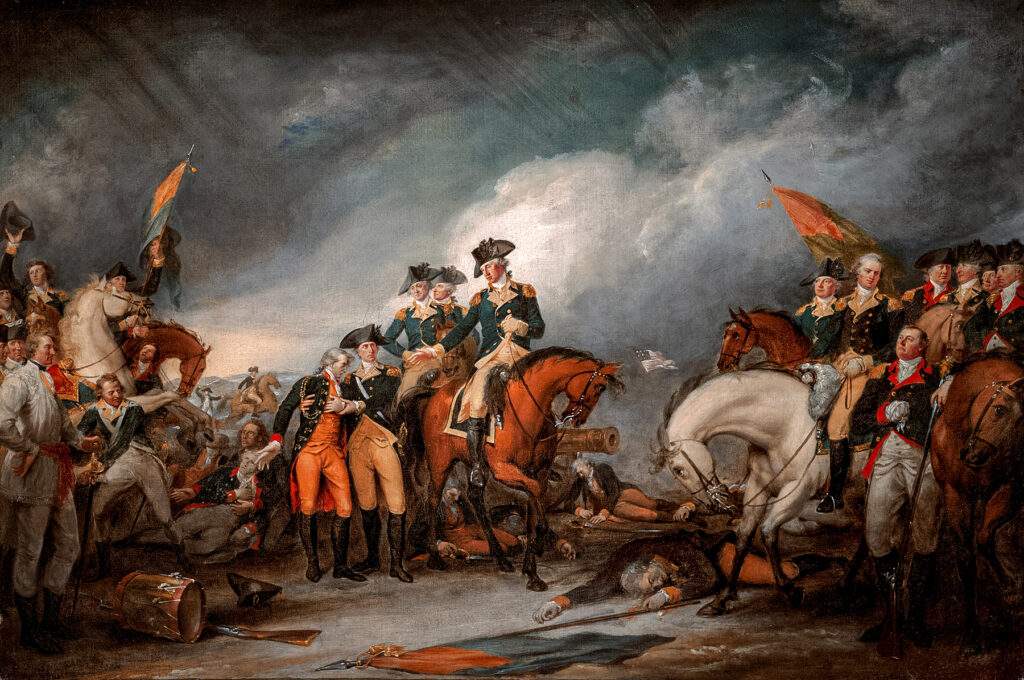
Those troops often served as skirmishers and scouts, operating behind enemy lines, and became known for the swords they carried in place of bayonets, for their discipline, and their ferocity.
The bulk of the Hessian force, however, fought with muskets, while Hessian artillery units operated 3-pound cannons.
The Headless Hessian Horsemen!
Along with the Hessian troops who were caught off guard by Washington after their Christmas celebrations, there is another infamous tale associated with the German soldiers: Washington Irving’s immortal The Legend of Sleepy Hollow, a short story he penned by the early American author in 1820.
Set in 1790, after the Revolution had ended, it tells of schoolmaster Ichabod Crane's encounter with a phantasmagoric Hessian trooper who’d been decapitated by a cannonball during the war. The horseman, who was supposedly buried in a churchyard in Sleepy Hollow, rises from his grave to ride through the night, searching for his missing head. It is meant to be both macabre and ambiguous, with an ending left open to different interpretations.
The Legend of Sleepy Hollow remains Irving's most studied and adapted tale, but it isn't a wholly original one. Irving may have set the story in the very real village of Sleepy Hollow in the town of Mount Pleasant, New York, but the legend of a "Headless Horseman" had already appeared in European folklore since the Middle Ages.
Among the earliest accounts of such a figure is the dullahan or dulachán ("dark man"), a headless, demonic fairy who was known to ride a horse while carrying his head. When he would stop riding, a death would occur, and if the dullahan called out a name, that person would immediately die. The origin of this myth is unclear, but it may have originated from pagan tales of the Celtic god Crom Dubh, who was said to demand human sacrifices for a bountiful harvest.
A similar tale was told in Scotland of Ewen the Headless, who was decapitated in a clan battle against his uncle in the late medieval period, during a time of fierce clan rivalries and shifting alliances in the Scottish Highlands.
Similar tales of a headless horseman have also come from Wales and Cornwall, with the latter linked to the Arthurian legend, notably the figure known as the Green Knight who appeared before the court of King Arthur. While Irving's story was rooted in American folklore, it is known that the author traveled throughout Europe and drew inspiration from various old-world legends.
It is likely the early German settlers, and possibly a Hessian soldier, brought the stories to the new world from Germany's Rhineland. In one tale, a headless horseman could kill his victims by mere touch. In another, the headless Der Kopflose Reiter wasn't a villainous figure; instead, he would warn the living of impending danger and chase down and punish the wicked.
Irving may have opted to make his "Headless Horseman" a Hessian rather than simply a British soldier due to the fearsome reputation of the Germanic troops.
Stories abounded of the Hessians being vicious raiders, and the sight of one alone in the woods may have been terrifying enough, let alone headless wielding a flaming Jack-o-Lantern and a sword or an axe.
For Irving's purposes at the time, it would have been plenty scary, especially when one remembers "horror fiction" was still in its infancy. Mary Shelly's Frankenstein was only published two years before Sleepy Hollow, and Bram Stoker wouldn’t publish Dracula for decades. Plus, making him a Hessian was a baked-in reason for Irving’s horseman to wield a sword.
Finally, Irving may have been inspired by the stories of the Battle of White Plains, fought in late October 1776. It has remained a Halloween legend for nearly two centuries, spawning movies, TV shows, and comics (some less faithful to the source material than others)!
Since the era of film and video came about, dozens of short films and features have been made based on the story, both animated and live action, from the silent film era with The Headless Horseman (1922) starring Will Rogers, to Disney’s unforgettable The Adventures of Ichabod and Mr. Toad (1949), the second half of which is an animated retelling of Irving’s tale, following a version of The Wind in the Willows.
The Ichabod segment was released that same year as a short sharing the story’s original title. It was also shown as part of several Halloween TV specials over the years, and has become a Halloween staple for many.
And, of course, there’s Tim Burton’s big-budget feature from 1999, Sleepy Hollow, starring Johnny Depp and Christina Ricci — and many other adaptations in between.
And so, the legacy of the Hessian soldiers, in part, lives on through fiction and those curious enough to take a deeper dive.
